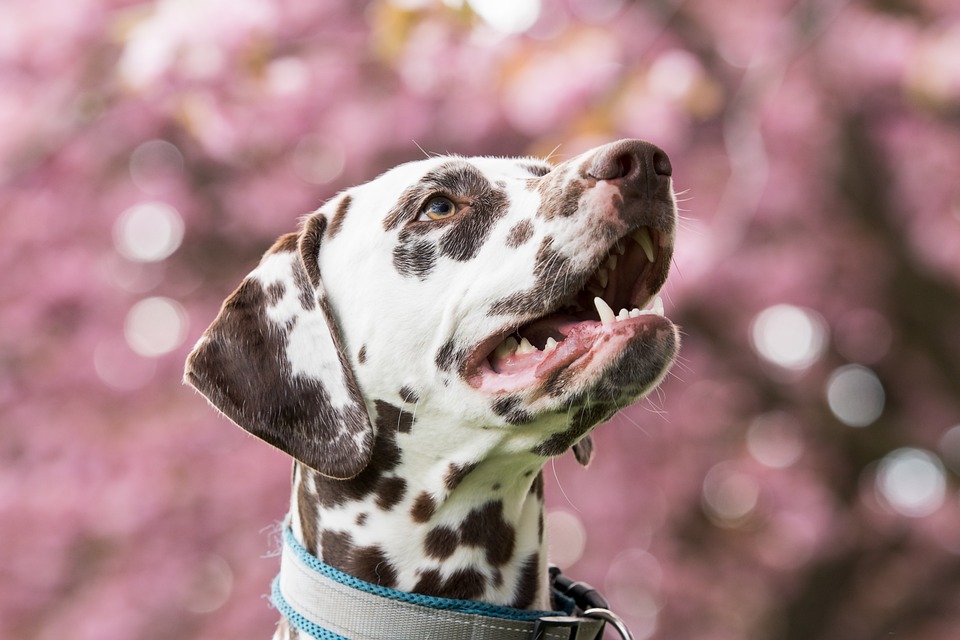Fence aggression in dogs is a common problem that many owners face. It can be frustrating and concerning to see your dog display aggressive behavior towards other dogs or people near the fence. However, understanding the causes behind this aggression and implementing appropriate solutions can help manage and reduce this issue.
One of the primary causes of fence aggression is the dog’s territorial instincts. Dogs naturally have a strong desire to protect their territory, and the area enclosed by the fence becomes their perceived territory. They may display aggressive behavior towards perceived intruders as a way to defend their space.
Another factor that can contribute to fence aggression is a lack of socialization. Dogs that have not been properly exposed to various stimuli and unfamiliar dogs may develop fear and anxiety. This fear and anxiety can manifest as aggression when the dog is confined behind a fence and unable to escape the perceived threat.
Previous negative experiences near a fence can also lead to fence aggression. If a dog has had negative encounters, such as provocation or intimidation, near a fence, they may associate the fence with potential threats. This association can trigger defensive behavior and aggression towards anything or anyone near the fence.
Frustration and barrier frustration can also contribute to fence aggression. Dogs that are constantly confined behind a fence may become frustrated due to the limited physical and mental stimulation. This frustration can escalate into aggression when the dog is unable to reach or interact with the target of their aggression due to the barrier.
To address fence aggression, positive reinforcement training techniques can be highly effective. Rewarding calm behavior and gradually exposing the dog to controlled interactions with various stimuli can help desensitize them and reduce their fear or frustration. It is important to associate the presence of other dogs or people near the fence with positive experiences to change their negative association.
Providing environmental enrichment is another crucial aspect of managing fence aggression. Ensuring that your dog receives sufficient mental and physical stimulation can alleviate boredom and frustration. Interactive toys, regular exercise, and training sessions can redirect their energy and reduce the likelihood of fence aggression.
Modifying the fence itself can also be helpful. Adding privacy screens or using decorative fencing materials can create a visual barrier that prevents the dog from seeing potential triggers outside the fence. This modification can reduce their reactive behavior and provide a sense of security.
If the issue persists or becomes severe, seeking professional help from a dog trainer or behaviorist experienced in dealing with aggression issues is recommended. They can provide personalized guidance and develop a training plan tailored to your dog’s specific needs.
In conclusion, understanding the causes of fence aggression in dogs and implementing appropriate solutions is crucial for managing this behavioral issue. Positive reinforcement training, environmental enrichment, fence modification, and seeking professional help are effective strategies. Remember to be consistent, patient, and empathetic when addressing fence aggression in your dog.









